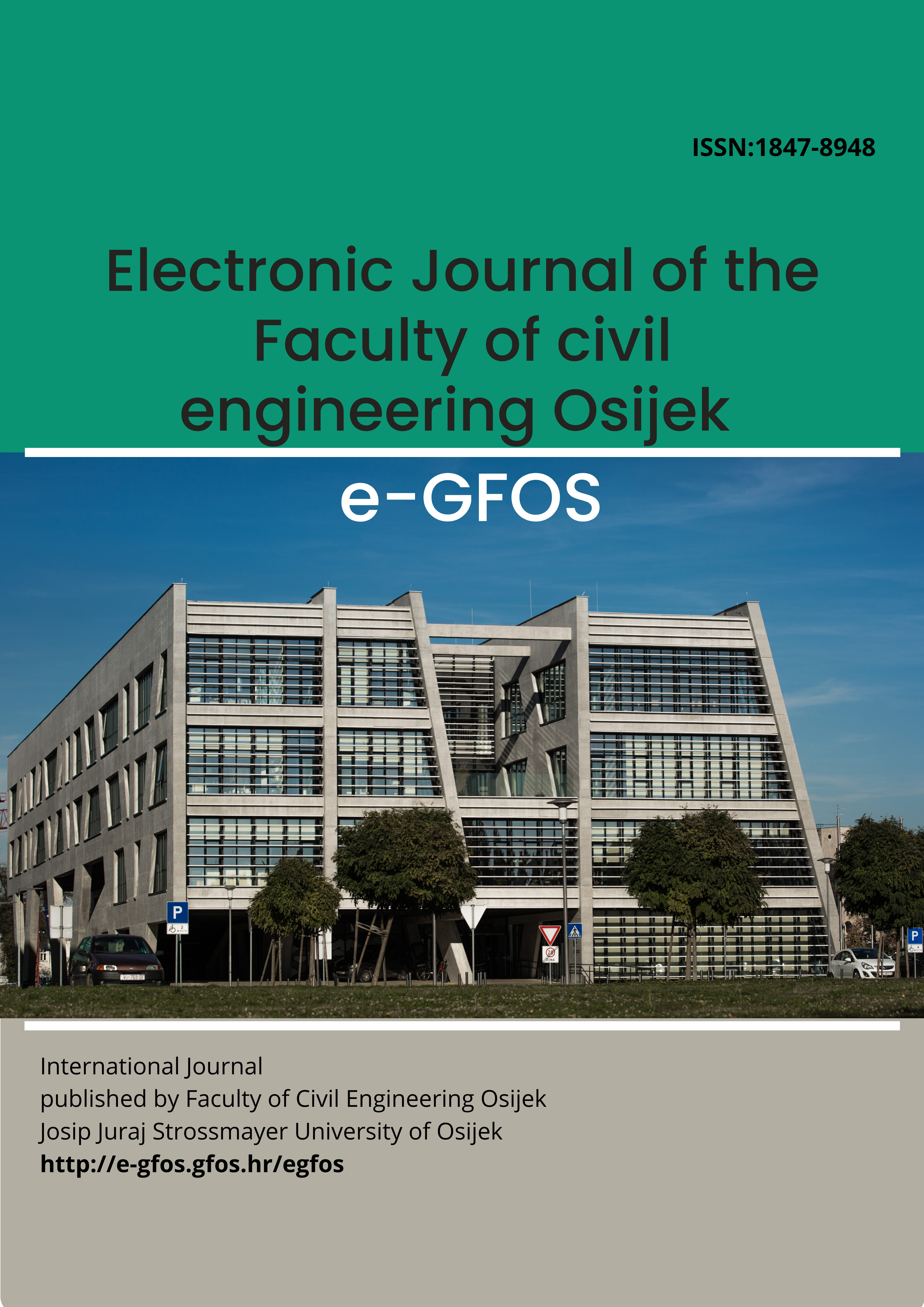ACHIEVING SUSTAINABLE URBANIZATION OF THE NATIONAL THEATRE IN LONDON THROUGH CHANGE OF USE AND FUNCTIONS OF ARCHITECTURE
Keywords:
Change of use, sustainability, urbanization, functions of architecture, public spaceAbstract
The human population is currently on the rise and most Europeans live in urban areas, leading to increased urbanization. The change comes with its challenges, as cities, architecture, and urban spaces need to become more fluid, multi-functional, and innovative. This paper examines whether a change of use of public spaces, and functions of architectural and urban forms, can be used as an element in the implementation of sustainable urbanization. The theoretical framework of this paper focuses on literature findings relating to identified key aspects such as innovative approaches in changes of use — recycling and upcycling, green infrastructure and financial aspects, concepts of “right of the place”, and public participation. These aspects are addressed on both theoretical and practical levels, with the National Theatre in London as a case study. Findings convey that the change of use of spaces can be utilized to achieve sustainable urbanization, together with the management of functions and uses of architectural and urban forms. However, further research is needed with various stakeholders to identify a solid and inherent database, as a foundation on which the most optimal urban spaces would emerge, by identifying new functions and uses of urban space and architecture.

